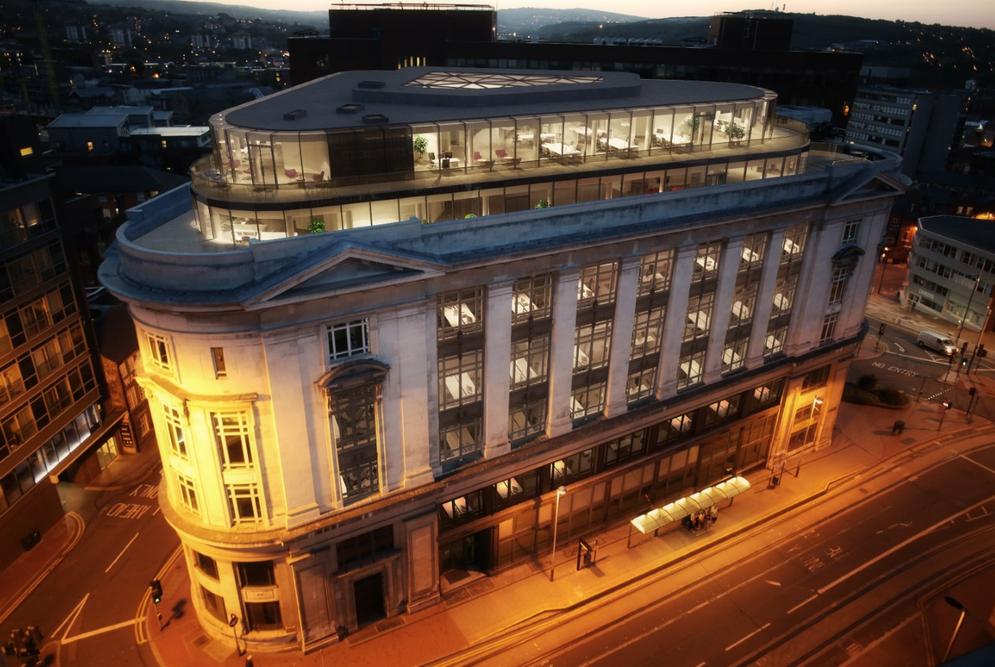Office market - COVID-19 update
June 22nd, 2020

Rob Darrington, Partner at Commercial Property Partners.
The last few months have seen huge change for all. The pandemic has forced us all to re-align, re consider and re plan. However, despite all the uncertainly, the ambiguity and the insecurity, change also brings with it, opportunity.
Inevitably plans have been halted, and in some cases scraped over the last few months, but when asked if the commercial property market will be in a good position ‘post’ COVID-19 the short answer would have to be yes.
When looking back over the last few months, both the industrial and distribution sectors have seen continued demand with many businesses moving their retail efforts to delivery and distribution, while manufacturers have continued to carry out essential work throughout the lockdown period.
The team at CPP has successfully secured deals on behalf of clients within these sectors, and indeed the effects of the pandemic might well work to strengthen some areas.
That isn’t to say every sector will see such a positive outcome. The retail and leisure industries have had a tough couple of months as their doors have had to shut. Overall, I think the leisure industry will ‘bounce-back’ as people start to feel more at ease entering public spaces. And although some businesses might not re-open, it is inevitable that we will see a new wave of entrepreneurs following the furlough period.
But change in the retail/shopping sector has arguably been on the horizon for some time. The gulf between occupier’s lease requirements and Institutional Landlords lease expectations has been on the increase for years.
Historically, retail rents have been the highest across all sectors, when compared on a per sq ft basis, with occupiers also taking leases in excess of 20 years to secure prime pitches in city centres. Over recent years retailers have required greater flexibility in their leases.
Also, the change in customer demand (shifting towards online purchasing) has altered the nature of shops, seeing store income decrease. Some forward-thinking institutions have already adopted the retails approach to ‘Turnover Rents’ (where rent is based on a percentage of turnover), but the
COVID-19 crisis will inevitably see this trend accelerated. There will predictably be a period of hardship across this sector post pandemic and capital values will need to be rebalanced to reflect the new mechanism for market rent and lease terms.
When looking at office space, it is likely that this will take a complete reform. Over the last decade, this whole sector has worked towards making new space more efficient by maximising floor layouts to accommodate larger workforces without increasing floor space or compromising the working environment. This runs right through from architectural design, planning, construction and fit out of office space.
This now goes against what occupiers’ requirements will be for space, at least in the short term. Staff will not want to be sat within close proximity of work colleagues for long periods at a time, so it raises the need for companies to readdress what they use office space for.
Generally, most companies after ironing initial technical hiccups have realised that the transition to remote working has actually been fairly straightforward, and once children return to school in September many employees will be able to be just as productive from home as in the office.
Therefore, many businesses are expected to adopt a more agile working policy, which will result in fewer people in the office at any one time. It is also expected that larger corporates may see their main offices become more of a ‘Hub’ for meeting spaces, workshops, project areas, training, etc, with many companies relying on interactive space to drive the business culture.
Those businesses at the smaller end of the market may therefore now look to reduce their office space ‘norm’ to save on overheads and to ensure they are in a stronger position for 2021. Although others may look to expand their office space to respond to social distancing.
At CPP we’ve already started to receive a number of enquiries for both possible outcomes, so it will be a case of waiting to see what the overall affects on supply and demand will be. And if this year has taught us anything so far it is the willingness people have to adapt and change to their surroundings, and I think this will be telling in all arenas of the commercial property market.